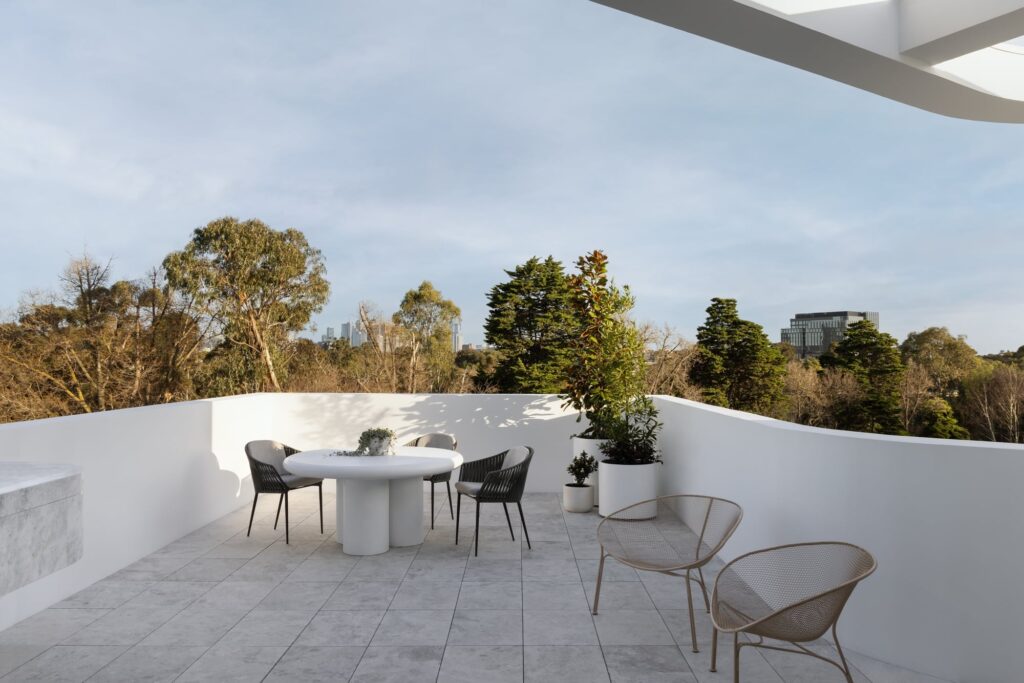
Enhancing Architectural Designs with Premium Limestone
Limestone has long been esteemed in architecture for its beauty and enduring qualities. It serves as a versatile material that enhances both interior and exterior aspects of numerous buildings, from ancient cathedrals to modern homes and commercial spaces. This article will delve into the applications of limestone, focusing on its unmatched durability and aesthetic flexibility.
Durability and Longevity
Limestone’s reputation for durability makes it an excellent choice for architectural projects. Here are some of the reasons why limestone remains a top material for builders and architects:
- Weather Resistance: Limestone holds up exceptionally well against varying weather conditions, including rain, wind, and frost. This resilience makes it suitable for exterior facades, ensuring longevity and reducing maintenance costs.
- Load-Bearing Capacity: Its structural integrity allows it to be used in load-bearing applications, providing support and stability to structures.
- Natural Aging Process: Unlike many other materials, limestone ages gracefully, acquiring a natural patina over time that adds to its aesthetic appeal without compromising structural integrity.
Aesthetic Versatility
Limestone is not only appreciated for its durability but also for its aesthetic flexibility which allows architects to implement it in a variety of design styles:
- Color Variety: Available in shades ranging from soft whites and creams to rich browns and grays, limestone can complement any color scheme and enhance the overall design narrative of a project.
- Texture and Finish: Limestone can be finished in several ways—polished, honed, brushed, or tumbled, each providing a different texture and visual effect suitable for different architectural elements.
- Customizability: It can be easily cut and shaped to fit bespoke designs, which makes it ideal for custom architectural features like columns, facades, and interior details.
Applications in Interior and Exterior Design
Limestone’s versatility allows for its use in various aspects of architectural design:
- Exterior Applications: It is commonly used for exterior wall cladding, paving, and landscaping elements due to its durability and natural beauty. Limestone’s texture and color harmonize with natural surroundings, enhancing the building’s exterior presence.
- Interior Enhancements: Inside, limestone brings a touch of sophistication to floors, wall panels, fireplaces, and countertops. Its thermal properties also contribute to a more stable indoor environment, maintaining a cooler feel in summer and warmth in winter.
Choosing the Right Limestone
Selecting the right type of limestone is crucial for achieving the desired outcome in any construction or renovation project. Factors to consider include:
- Source and Quality: High-quality limestone from reputable quarries, like those provided by stonecenters.com, ensures better durability and appearance.
- Environmental Impact: Using limestone can also contribute to sustainable building practices, as it is a natural, abundant, and recyclable material.
Installation Considerations
Proper installation is crucial to maximizing the benefits of limestone in architectural projects:
- Professional Handling: Due to its weight and the subtleties of its installation, limestone should be handled and installed by professionals to ensure it is fitted securely and elegantly.
- Sealing and Maintenance: Although durable, limestone is porous and requires sealing to prevent stains and water damage. Regular maintenance will keep it in optimal condition for decades.
Enhancing Projects with Limestone
For architects and designers aiming to utilize limestone in their projects, stone center llc offers expert guidance and a wide array of limestone options suitable for various applications. Their expertise ensures that each client finds the perfect limestone solution to meet their specific design and functional needs.
Limestone’s blend of durability, beauty, and versatility makes it an invaluable material in the field of architecture. Whether for restoring historical buildings or crafting modern spaces, limestone offers options that can significantly enhance the aesthetic and functional quality of any architectural project.
